Nvidia’s GeForce Now game streaming service was finally released to the public just recently after spending a good chunk of time in beta. Considering how complex of a process that game streaming is, I’m not surprised that Nvidia took its time to make sure as many wrinkles were ironed out before the public launch. And the result is something rather remarkable, I must say.
GeForce Now boasts a sizeable library of streamable titles, primarily thanks to the fact that its library is directly connected to Steam and Uplay. While not literally every game on those marketplaces is compatible, a good chunk already are. As time goes on, more will be added. Though it’s unclear why some games are compatible when others aren’t, as there are titles from several years ago such as DiRT 3 that are compatible, while newer ones like GRID 2019 are yet to be added.
Nevertheless, in my particular case, quite a number of games that I play often on my actual gaming PC are streamable via GeForce Now. As a result, I decided to put the service through its paces primarily on my smartphone in order to see exactly what the best use case would be for a game streaming service like this.
The main question I sought to answer was this: Can this really take the place of a dedicated gaming PC or console?
Having the right tools
Seeing that this is a game streaming service, it’s only natural that one would need the correct peripherals in order to make proper use of it. I started off with the basics: my smartphone (Xiaomi Pocophone F1), a stand for the phone, and an Xbox One controller. I also happened to have a Bluetooth keyboard, which is very useful and I’m going to explain why later on.
Outside of the physical hardware, the next tool, which is the most important of all, is having the right Internet connection. Nvidia recommends using a 5GHz connection that’s at least 15Mbps if you’re going to stream via Wi-Fi. I placed my phone on the dining room table, which is just about 24 feet from my router. Speeds managed to hit 78 Mbps, well above the required threshold and even above the recommended speeds of 25 Mbps. Thus, I was eager to see what my experience would be like. Overall, my stream was constantly at 720p / 60 FPS despite my high speed. The app does auto-adjust its settings depending on network conditions, and so I never tried forcing a 1080p stream. On such a small screen, it doesn’t really even need to be that high.
Diving in to GeForce Now
So, to really test out the service, I decided to mainly try out four different titles: Farming Simulator 19, American Truck Simulator, Rocket League, and DiRT 3. The reason being is that I put decent hours into all of these games natively on PC. They’re also relatively different from one another, thus representing different use cases. That’ll make more sense as I describe my experience with each game.
Farming Simulator 19
Farming Simulator 19 is a personal favorite of mine on PC. As the first game I’ve ever streamed from the cloud, I couldn’t be more shocked by the performance. Controller inputs were basically 1:1, and there was virtually no lag with the game’s performance. Occasionally there would be some slight stuttering, but that seems to be a fault of the game itself. Visuals looked clean enough and the sound quality was also really good. Overall, my experience was virtually no different than on PC. The only real gripe I had was mod support.
Right off the bat, I noticed how game streaming is not the most conducive environment for heavy mod usage. I have a lot of mods for FS19 over on my PC, all of which I downloaded of course. Seeing that GeForce Now assigns you to a different Nvidia PC every time you log on, that means you will basically always encounter a situation where the Nvidia PC doesn’t have the custom files. In my case, it was virtually impossible to retrieve them. And even if I could, the time it would take to re-download them all, again and again, isn’t worth it. Even trying to sync the official DLC from my PC to Nvidia’s PC via GeForce Now was a headache. Thus, this service is definitely better used with games that either have no mod/DLC support or have mods/DLC you’re willing to do without.
American Truck Simulator
With no console version, I knew American Truck Simulator would be the most interesting experience on a smartphone. And sure enough, it was. Playing on such a small screen again took some getting used to, but it wasn’t half bad at all. Again, the performance proved to be smooth with very little stuttering. However, it didn’t take long for me to realize that I was still very used to the keyboard controls that I use in conjunction with driving using the Xbox One controller. This is where I got the bright idea to whip out my Bluetooth keyboard, which up until this point I had used exclusively for my iPad. The experience was seamless, as the keyboard shortcuts make it far easier to play this.
It turns out that some games on GeForce Now will flat out tell you that a keyboard is necessary (along with a mouse), such as Planet Coaster. Thus, consider investing in some Bluetooth input peripherals (if you haven’t done so already) before even attempting to use GeForce Now on your phone.The one true hiccup with American Truck Simulator was that my save data from the PC version did not transfer over. I had to immediately create a new profile. Only that profile is recognized by GeForce Now.
On top of that, on the first boot, all of the DLC installed successfully. But for some reason, the second boot had me waiting several minutes for DLC to install (which it didn’t seem to quite achieve) and for mods to be installed. This issue is even worse than in FS19, which further drives my point that trying to play games that are heavily reliant on mods through GeForce Now is a bit hit and miss.
DiRT 3
I definitely wanted to try a fast-paced racing game with this service to see how it would handle a game with twitch-like reflexes. Turns out, once again, GeForce Now held up nicely. I thought for sure I would be somewhat impaired by the network latency, but that didn’t occur even in a fast-paced game like this. Again, performance will vary entirely dependent on your network conditions, but under these circumstances, DiRT 3 performed well through the cloud.
Rocket League
Finally, the last primary test title was one I wanted to try in order to really put GFN through its paces. Rocket League online running through GeForce Now essentially adds an extra layer between the controller inputs and what’s happening on screen. Despite the data being pushed and sent to Nvidia’s servers that is then pushing and grabbing data from Psyonix’s servers for online play, Rocket League still handled almost flawlessly. Not even my ping in the game was at a high level. There were a few occasionally short stutters, but this was still quite a fine experience that looks even better than the real portable version of the game.
Looking at the big picture
After having tried out these games along with a few others, I must say that GeForce Now really is a cool experience. I also tried out the Windows client on my gaming laptop, which has similar network speeds, and it ran extremely well. Thus, from a convenience perspective, whether you’re playing on a computer or mobile device, I can certainly see the appeal. However, there is still a catch to all this — your Internet access.
Again, my speeds at home are much better than the recommended numbers. However, I’m definitely not always home. Not just in day-to-day life, but I also do a bit of traveling. For example, back in December, I took a trip to three different cities in Florida, USA, and in every situation, I was staying at a resort with Wi-Fi speeds that never went beyond about 6 Mbps. GeForce Now wouldn’t even function at speeds that low.
Seeing that my dad works for the local cable company here in the Bahamas (where I’m from and am currently living), my parents’ house just so happens to have decent enough speeds. But this is kind of a special situation.
There are millions of people all over the world, even in developed nations like the USA, that do not have consistent access to high-speed Internet. This is why I’ve always been hard on the concept of cloud gaming, because as nice as it is, it’s not perfect and can only be enjoyed by folks who meet the requirements. Your location also matters too, as GeForce Now is currently not available worldwide. I was shocked I wasn’t geo-blocked, as Google Stadia isn’t even supported in the Bahamas. Even though GeForce Now is supported here, it’s currently only accessible by nations in North America and Europe. The closest server to me is located in Miami, so that’s probably why it worked out in my case.
After four hours of testing, data usage (over Wi-Fi) came to about 14.46 GB. That’s about 3.61 GB per hour. In my one PC session that lasted about an hour, that used 6.38 GB in total. So, put together, GeForce Now in five hours across two devices has used 20.84 GB of data. Data caps are not a thing here in the Bahamas, but they are a thing for some ISPs over in the States. And if you decide to stream via mobile data, then this is definitely something to keep in mind (hence why Nvidia recommends Wi-Fi usage).
The verdict
Finally, we come back to the original question: Can this really take the place of a dedicated gaming PC or console? In my current situation, where my Internet speeds are good enough, not even I can fully agree that this is an all-out replacement. It certainly is cool to use, but considering that mod support is not seamless, that’s something to take into consideration.
Also, what happens on days when the Internet isn’t working too well? What happens when I’m traveling and I go to a place with speeds barely good enough for YouTube? In those situations, I wouldn’t have access to my library. With that being the case, GeForce Now, and every other cloud gaming service, is still inherently limited due to internet infrastructure. On the flip side, my gaming laptop can serve my needs anywhere — that’s exactly why I got one. The same can be said for my Nintendo Switch; it’s not a powerhouse, but I can use it in literally any situation. GeForce Now still can’t promise that for everyone 100% of the time.
All that being said, this is still a really great service with a lot of promise. While its game selection isn’t literally everything, its still wide and growing. It also doesn’t support every device either, namely iOS devices being left out, as of right now. Menu navigation could be better, as you can’t even see all of the games that are supported all at once. You’re forced to search for them on your own. And again, that mod support though…
Still, for people that can use it, GeForce Now is a good alternative to a real gaming machine. For a casual player that owns simple hardware and just wants to jump into a title or two every now and again, I can see the real appeal. But if you’re someone wanting to really dive deep into the PC gaming market, you’re fundamentally still better off building a rig or buying a laptop, as that will give you guaranteed access to every game your machine can handle with no restrictions. Nevertheless, GeForce Now is impressive in and of itself, and I am eager to see how much further Nvidia is willing to take it. Here’s hoping it doesn’t fizzle out in the future like the game streaming services of the past (and present, if you count the sadness that is Stadia).

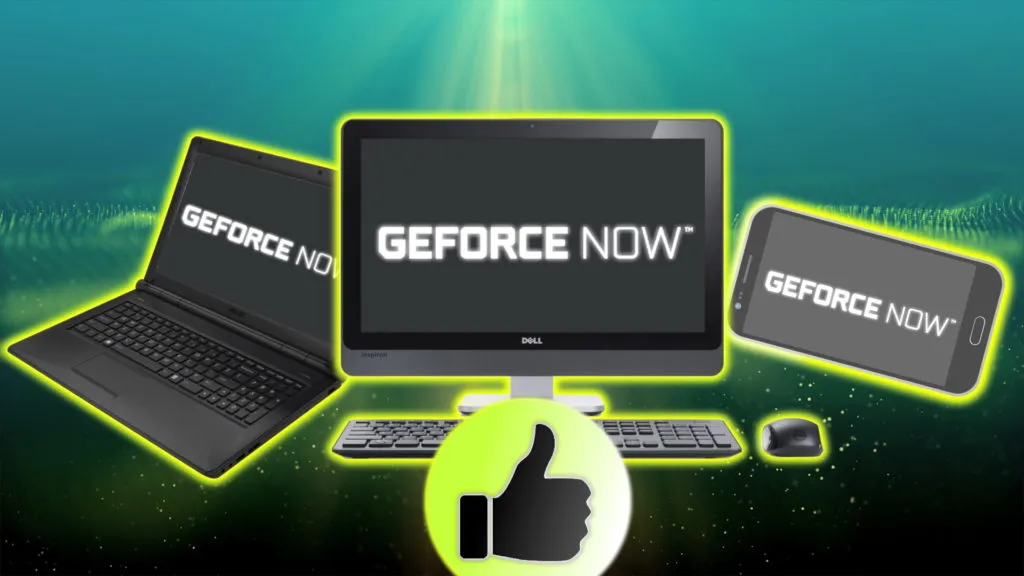
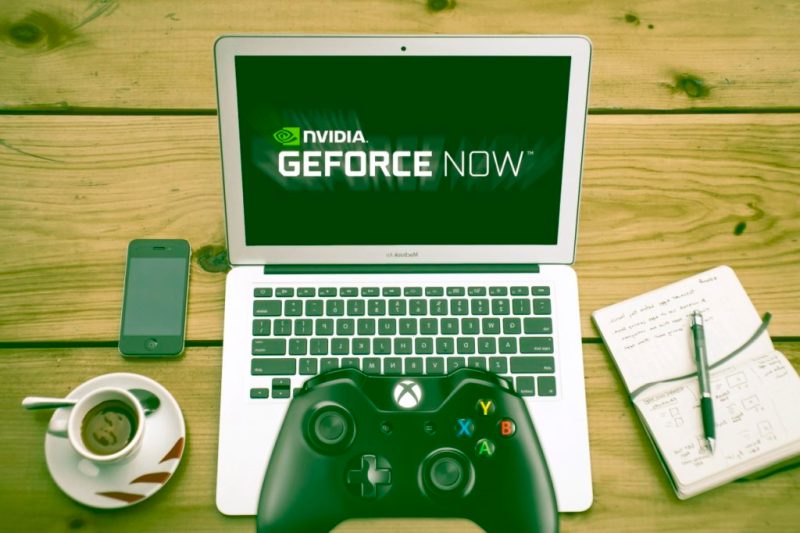
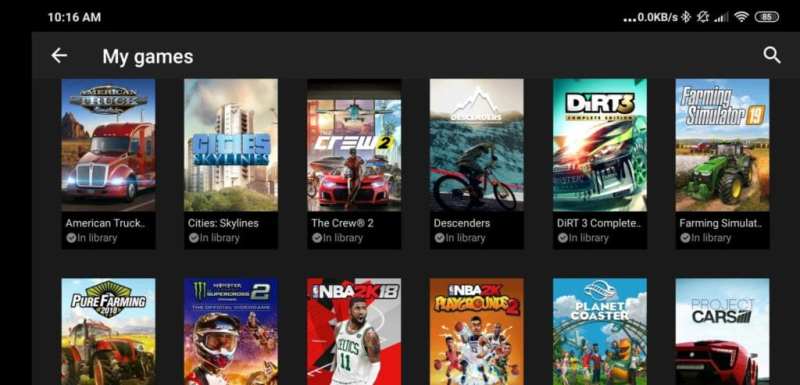
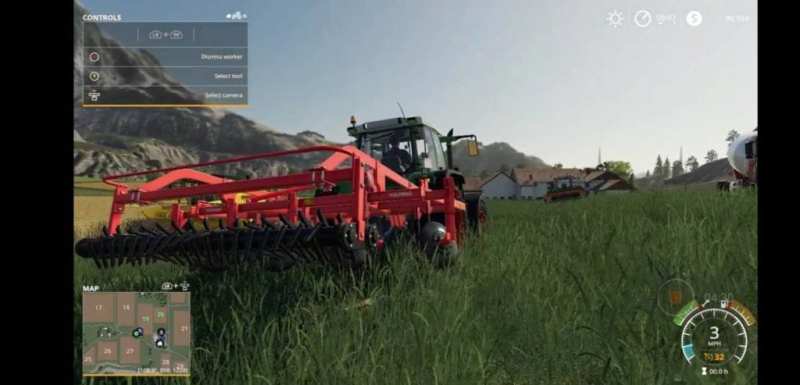
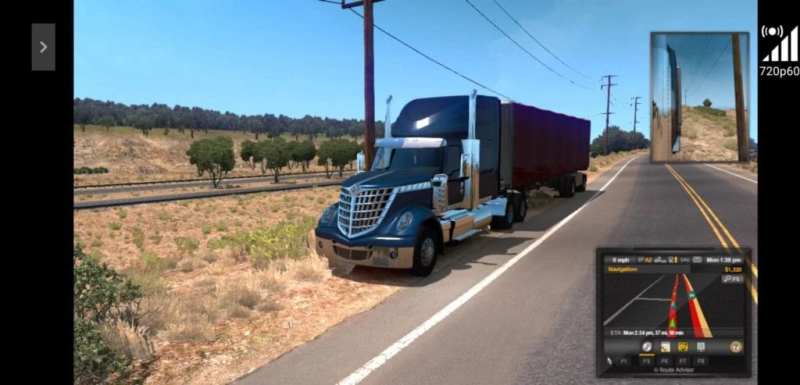

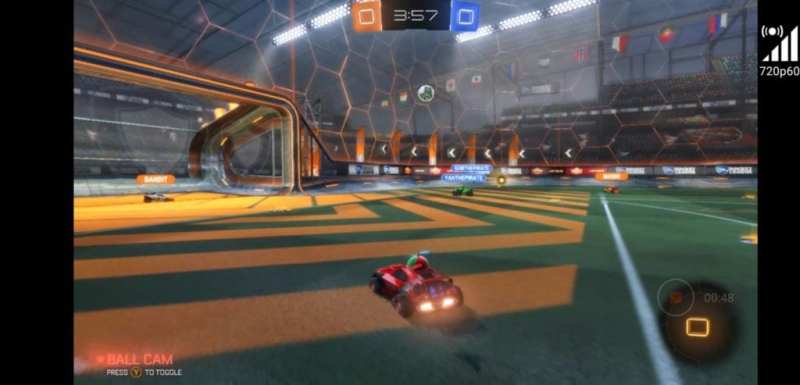







Published: Feb 8, 2020 11:00 am